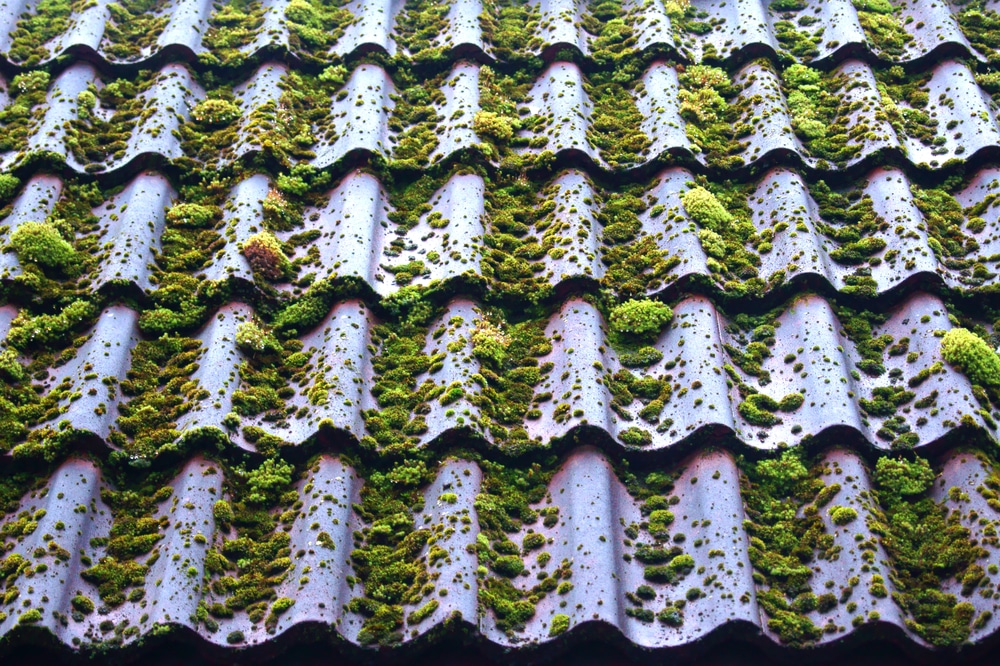Although we do not often see this issue in Salt Lake City, roofing experts in other parts of the world are often asked what homeowners can do to prevent or stop the growth of moss on their roofs. So today we will have a brief science lesson as we lead into the topic
The Science of Moss
Moss is a type of plant known as non-vascular. This simply means that they lack the usual internal methods of transporting water and gases to all parts of the plant. These plants usually remain small, enabling them to get water and nutrients from the environment and pass them from cell to cell. Therefore, these plants thrive in moist environments. Moss spores are carried by wind or animals and can easily spread throughout a neighborhood.
Unlike algae (we will save that topic for another day!), moss can be rather detrimental to your roof. On the North American continent, moss usually is found on north-facing roof planes, where the sunlight is less direct allowing the dampness to linger than on south-facing planes. Overhanging branches not only drop debris on the roof that can be converted to food for the moss, but the shade from the sun also helps the moss thrive.
4 Tips for Prevention
So what can you do? You know we have some tips for you! Here are some things you can do to prevent the growth of moss:
- Trim your tree branches: This both minimizes the amount of debris that can fall on the roof, and increases the exposure of the roof to sunlight, giving the moss some rough conditions in which to try to survive.
- Remove debris from your roof: Debris should be removed routinely with a leaf blower or similar, non-abrasive method. A good way to go about this is to set up routine inspections for your roof with your trusted contractor. This will also ensure you always know how your roof is doing and if you are in any need of roof repair. Utah is prone to wind and hail, and most homeowners’ insurance policies have limits on how long you have to file a claim if you are in need of such a thing.
- Keep your gutters clean: Make sure your gutters are draining into downspouts and not directly onto the roof.
- Use specialty roof products: If you live in an area known to have trouble with moss on roofs, it may be worthwhile to choose a specialty roofing product made to resist moss, or to ask your contractor about adding zinc or copper strips.
Removing Existing Moss
If you already have moss growing, you can clean your roof using a 50:50 mix of laundry strength liquid chlorine bleach and water. You’ll want to apply this to the roof with a sprayer and let the solution work for 15 – 20 minutes before rinsing thoroughly with low-pressure water.
Use appropriate personal protective equipment to protect your eyes, skin and face from the bleach. The moss should loosen over time and then can be removed with a leaf blower. It could take more than one treatment to get clean if the moss is heavy. NEVER use a pressure washer to clean your shingles as it will cause granule loss and likely premature failure of your roof.
If moss is a concern, contact the Roof Doctor for expert help.

